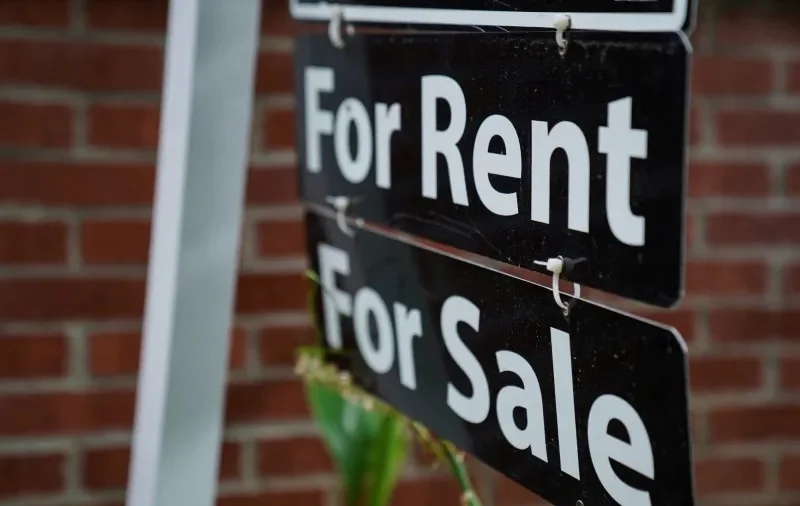Mortgage rates fell to their lowest level in two years amid the much-anticipated cut in Fed interest rates last week, leading to a marked decline in housing payments.
“The median U.S. housing payment was $2,534 during the four weeks ending September 15, down 2.7 percent from a year earlier—the biggest decline since May 2020,” said a Sept. 19 report from Redfin real estate brokerage.
According to Freddie Mac, the 30-year mortgage rate registered at 6.09 percent for the week ending Sept. 19. The last time mortgage rates fell below the current level was in September 2022.
Although the number of mortgage applications have been picking up, home sales are yet to register a significant recovery, partly due to buyer indecision and the political climate.
“Buyers are holding their breath, watching interest rates. There’s pent-up energy, with people waiting for the right moment to buy a home—and it’s feeling like the dam is going to break soon,” said Kristin Sanchez, a Redfin premier agent. “Once things are more settled and people know where mortgage rates are going to land and who is going to be president, the market is going to get busier. I think winter will be busier than summer, which is the opposite of a usual year.”
The Federal Reserve slashed interest rates by half a point to 4.75–5 percent on Sept. 18. It was the first rate decrease in four years.
Even as conservative estimates predicted a more modest quarter-point cut, the consecutive five-month slowing down in the annual inflation rate contributed to the Fed decision for a bigger cut. The previous rate of 5.25–5.50 percent was the highest in 23 years.
Redfin reported pending sales—properties on which offers have been accepted—at 75,933, for the four weeks ending Sept. 15, 2024. This is a decline of nearly seven percent from last year.
There were 88,196 new listings, up 5.1 percent yearly, and 998,854 active listings, which increased 16.1 percent, according to the brokerage.
The monthly supply stood at 3.9 months. Although this is the highest level since February, a 4- to 5-month supply is considered “balanced,” indicating a current shortage of units in the market.
As long as the supply remains constrained, home prices across the country will not come down considerably.
Fall in Sales of Existing Homes
Existing-home sales fell in August, based on a recent report by the National Association of Realtors (NAR).
Total existing-home sales, including single-family homes, townhomes, condominiums and co-ops, went down 2.5 percent last month compared to July, to a seasonally adjusted annual rate of 3.86 million. Except for the Midwest, all other regions registered a decline.
“Home sales were disappointing again in August, but the recent development of lower mortgage rates coupled with increasing inventory is a powerful combination that will provide the environment for sales to move higher in future months,” said NAR chief economist Lawrence Yun. “The home-buying process, from the initial search to getting the house keys, typically takes several months.”
The housing market and mortgage rates have turned into a key issue in the 2024 presidential election.
Vice President Kamala Harris plans to address the ongoing housing affordability crisis is through building 3 million rental units and homes, and giving first-time homebuyers up to $25,000 in down payment assistance.
“Vice President Harris knows that a home is more than a house—it represents financial security and an opportunity to build intergenerational wealth. But for too many Americans, homeownership is too far out of reach,” her campaign policy page states.
Former President Donald Trump has suggested a different approach to resolving the issue.
In his speech at the Republican National Convention in July, he said his focus would be to make homes more affordable for buyers by driving down inflation, thereby reducing mortgage rates, and encouraging a positive impact on home prices across the country.
From The Epoch Times

